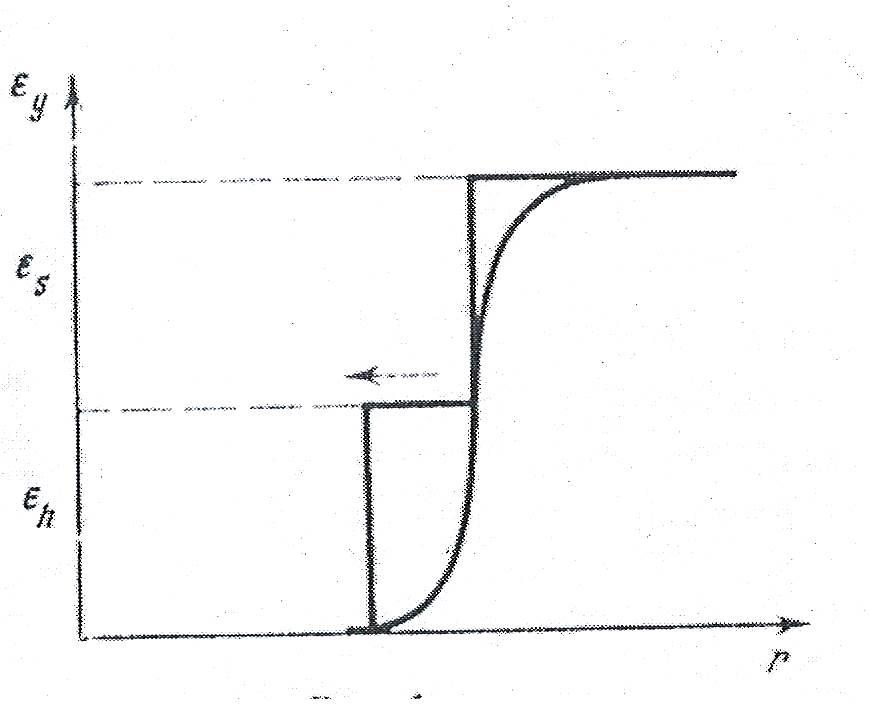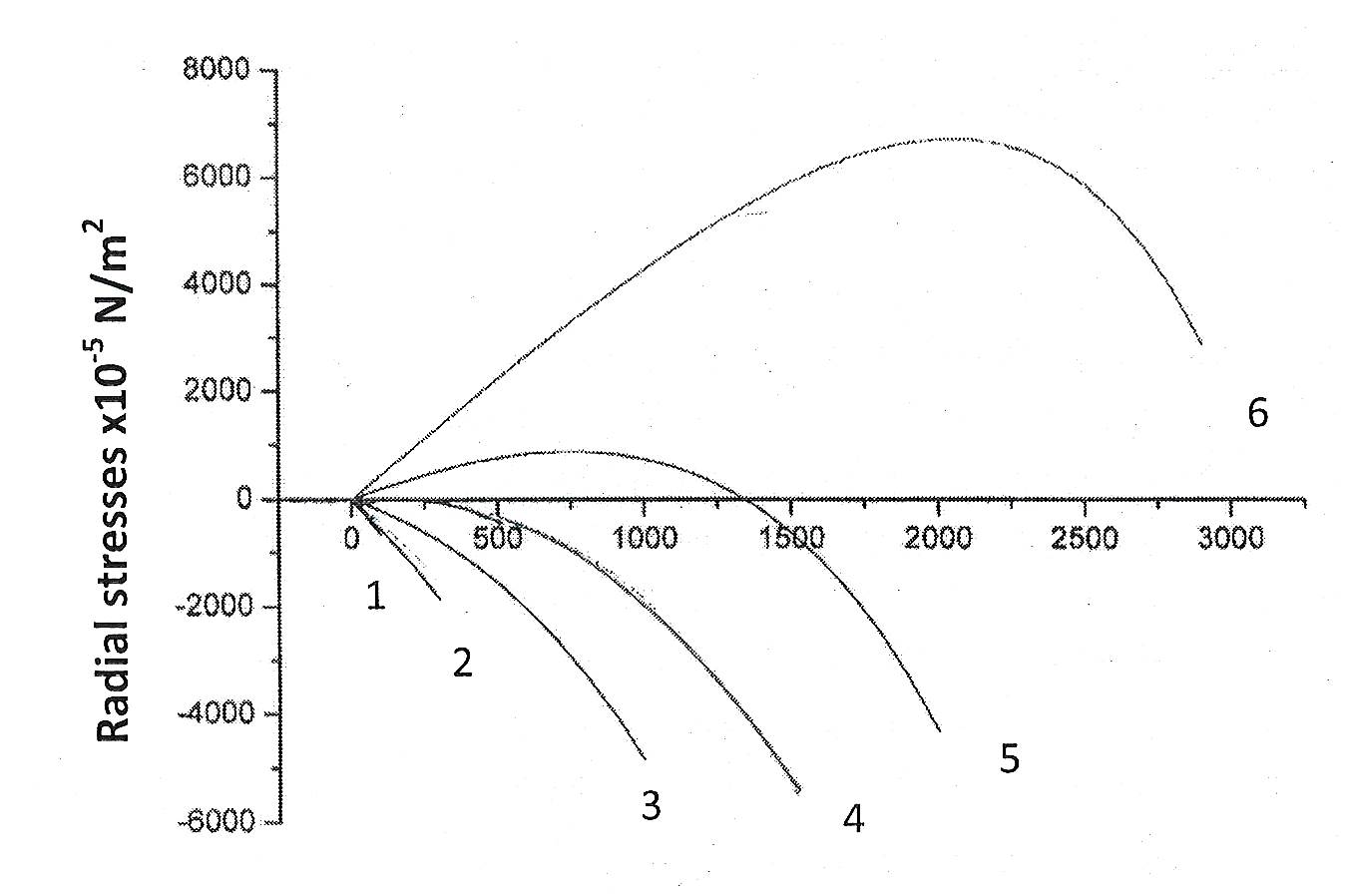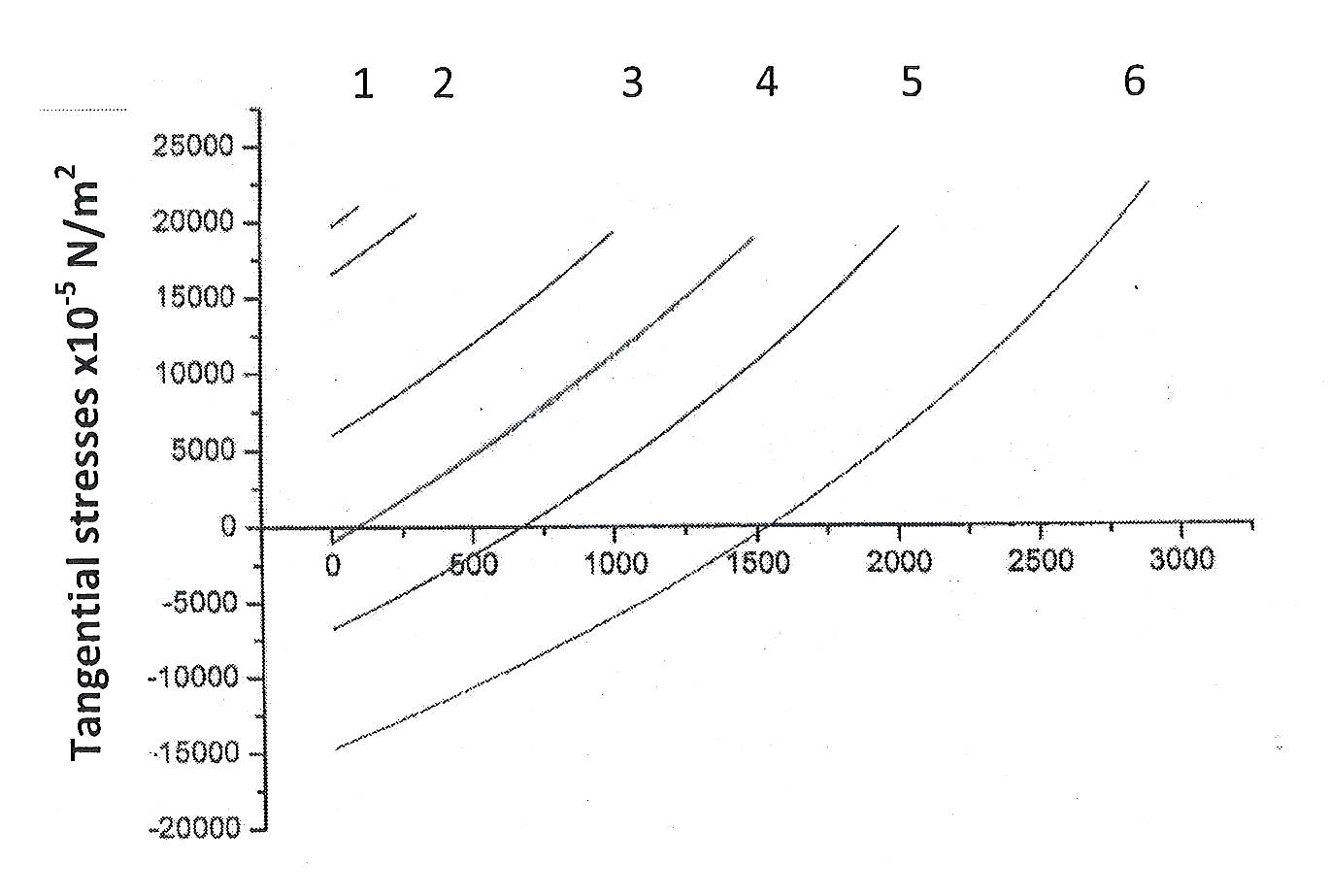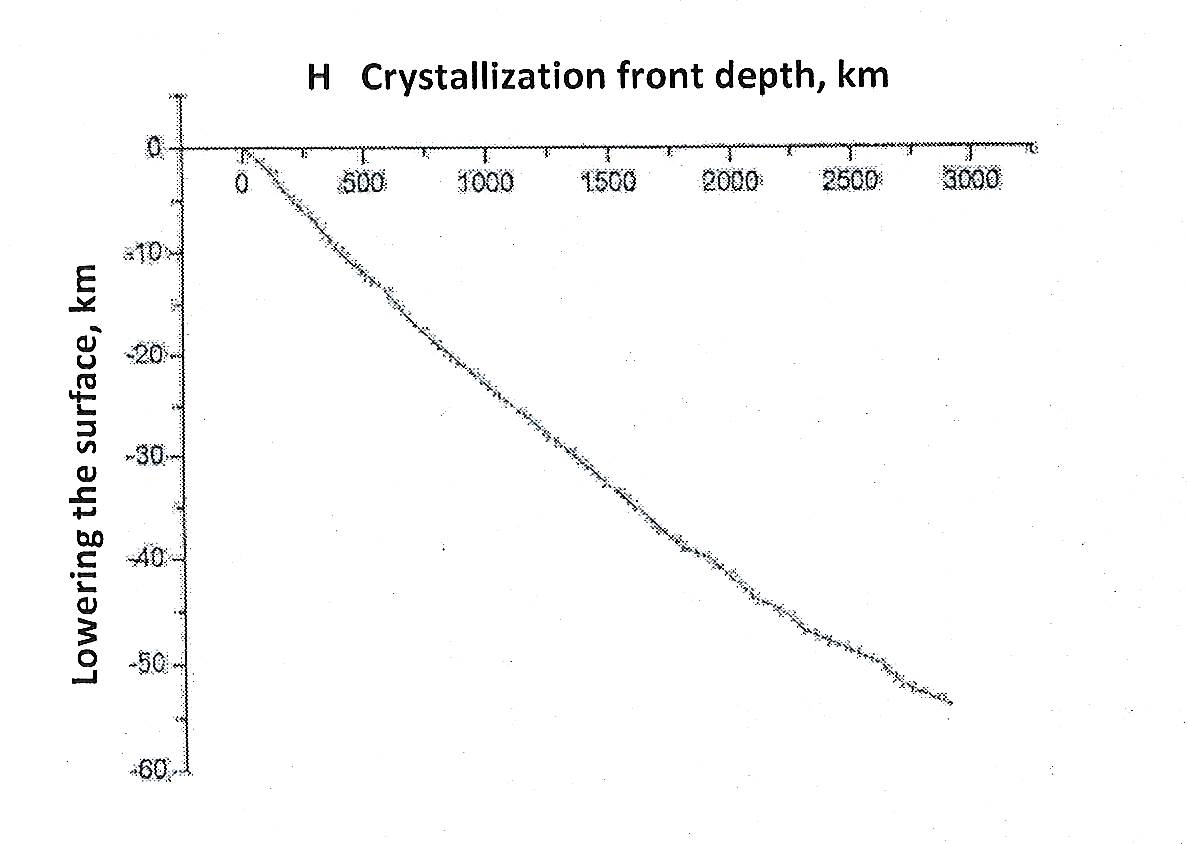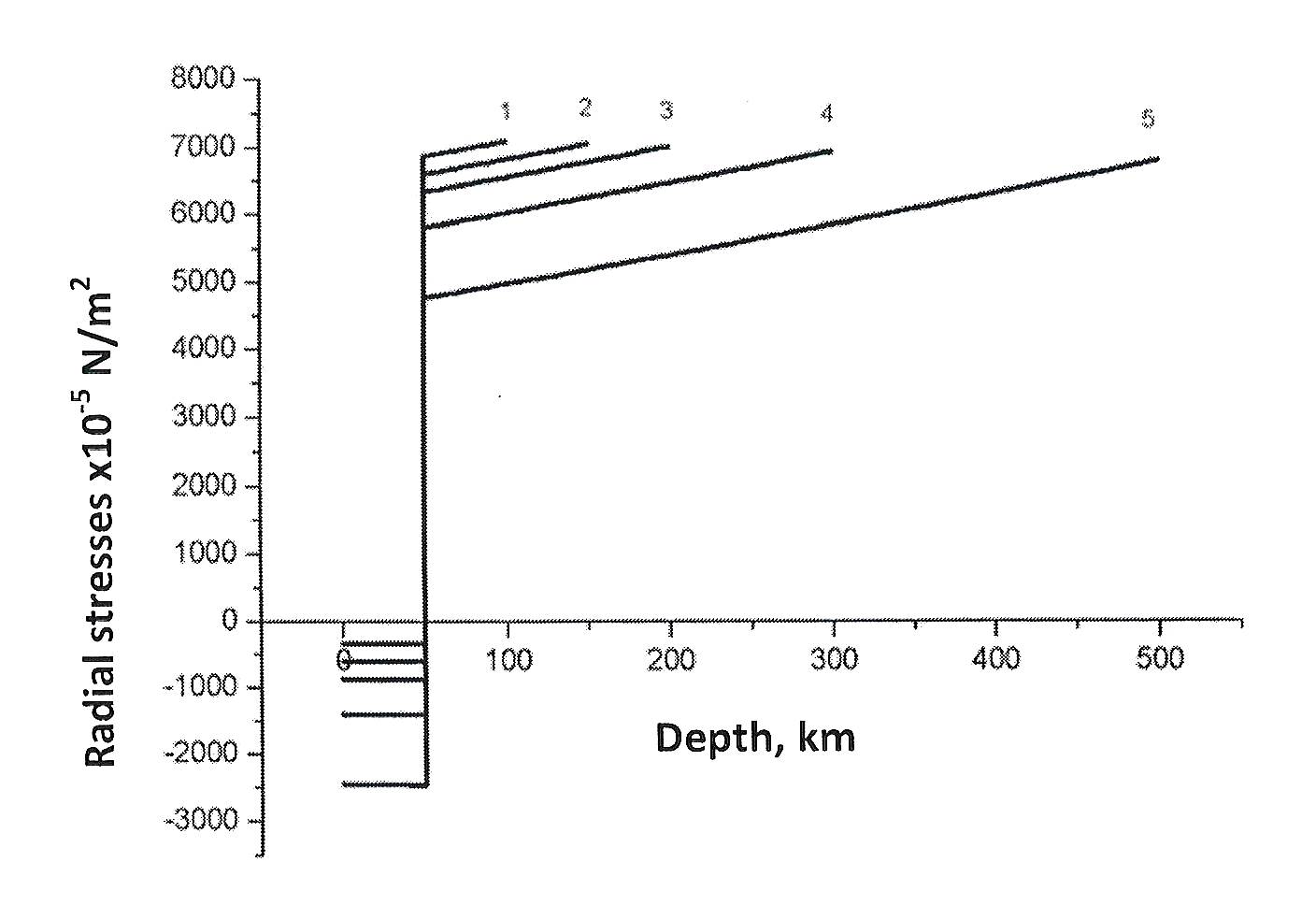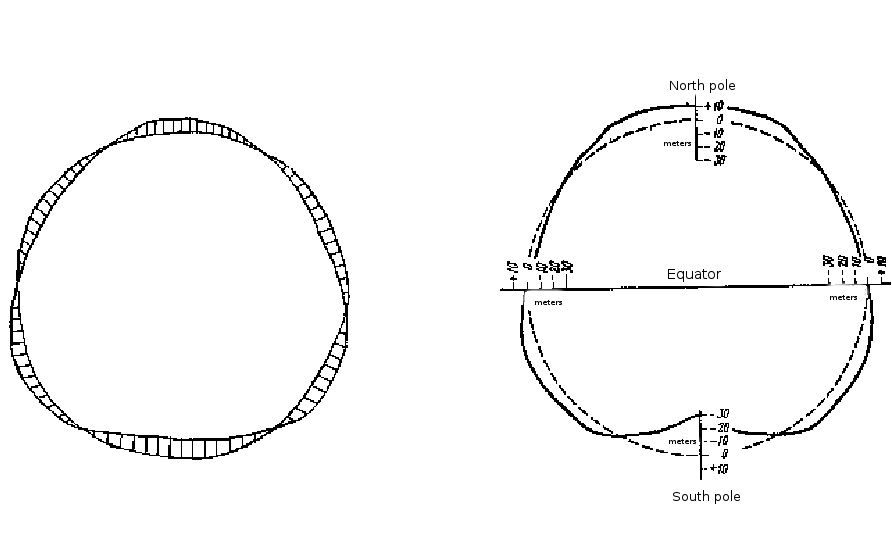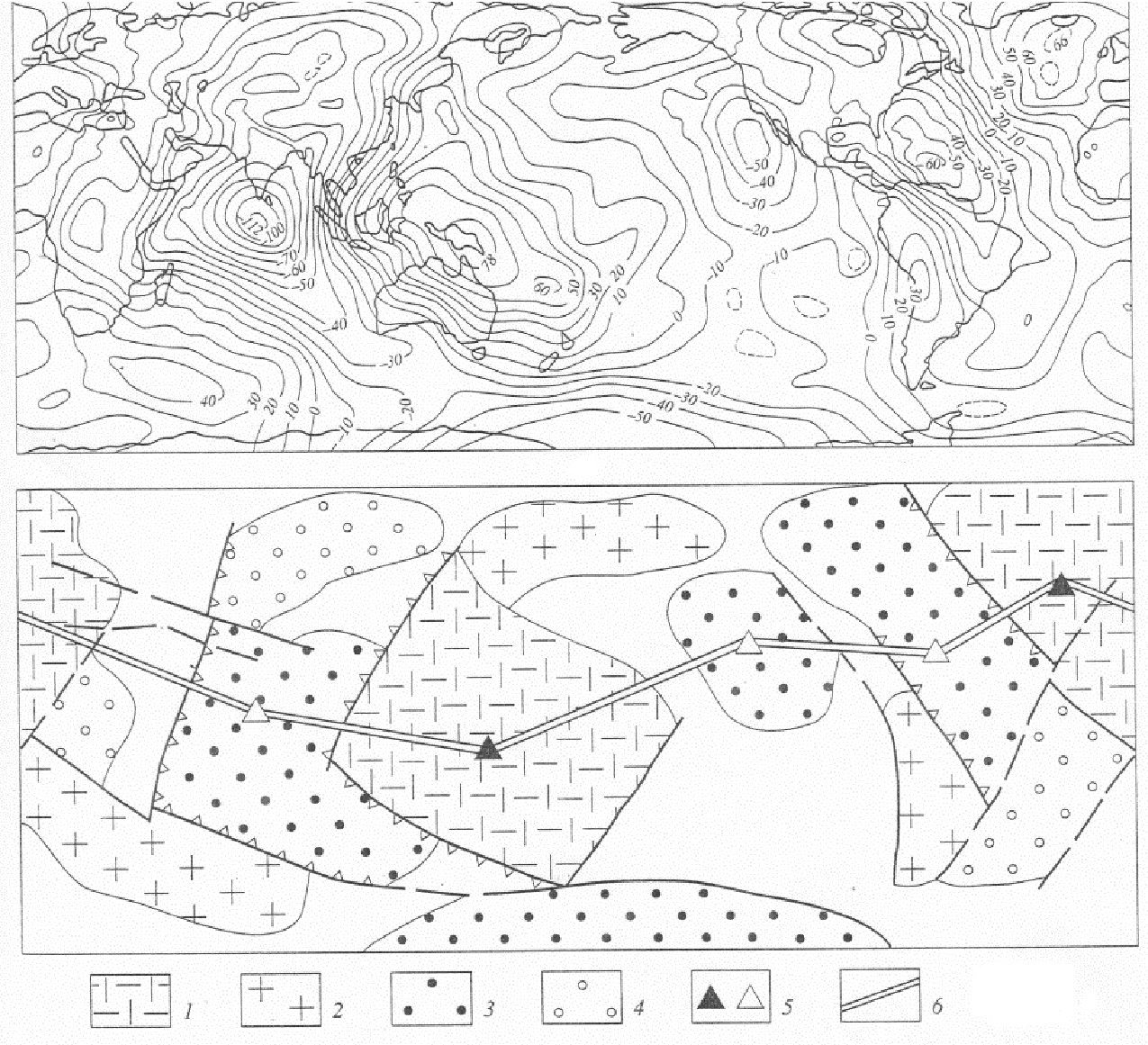- > Главная
- > Книга "Долететь до вечности"
- > Концепция планеты Земля
- > Единое знание
-
>
Геодинамика
- > Космический корабль "Планета Земля"
- > О ВОЗМОЖНОМ МЕХАНИЗМЕ ГЕНЕРАЦИИ И ИНВЕРСИИ ГЕОМАГНИТНОГО ПОЛЯ
- > Геодинамика и процесс кристаллизации Земли
- > Geodynamics and the process of crystallization of the Earth
- > On the possible mechanism of the generation and reversal of the geomagnetic field
- > On the Possible Mechanism of Geomagnetic Field Inversion
- > Геомагнетизм
- > Гелиогеомагнитная опасность
- > Сейсмика
- > Образование
- > Политика / Politics
- > СССР
- > Крым (Crimea)
- > Чехов А.П.
- > Публицистика
- > Стихи
- > Северное сияние
- > О счастье
- > In English
- > Контакты
Geodynamics and the process of crystallization of the Earth.
S. S. Tsygankov (II), S. S. Tsygankov (III)
26 November 2018
SUMMARY
The article studies a process that has never been considered globally to the Earth as a uniform construction. This is the process of loss of stability of the outer shell of the planet, led to the formation of its unexplained shape - the geoid. The identity of the planet shape to the shape of a spherical shell, which lost its stability under compression, is shown. The mechanism leading to the loss of stability is described. This is the crystallization of the molten Earth, going with the shrinkage of the volume from the surface towards the center. The stressed state of the formed shells results in their loss of stability. Crystallization proceeded in several stages formed the shell structure of the planet. Qualitative comparisons of crystallization processes on the Earth,
the Moon, Mars and Venus are carried out.
Key words: Loss of stability – geoid – shell – crystallization – shrinkage process – stresses
1 INTRODUCTION
Analysis of the early Earth energetics and some other facts, in particular the early differentiationand degassing of the Earth (Tolstikhin and Kramers 2009; Ozima and Podosek 2002), allow to assume that at some point it was melted. Further release of the internal energy, mainly due to gravitational differentiation and radioactivity, happened in the Earth with decreasing with time rate.
Intensive cooling led to the crystallization process started at the surface of the molten planet. Islands of solid matter appeared around the individual centers (embryos). Growing up and merging together, they formed the first polycrystalline shell. From this moment, the geodynamic history of the Earth takes its count: two global ”structural” elements, an outer solid shell and an internal liquid volume, appear. At the same time two mechanical processes determining the stress state of the structure are turned on: volume shrinkage due to liquid-to-solid phase transition, and thermally induced extension of the internal volume.
The thickness of the outer hard shell is increasing in the process of crystallization. The velocity of the front propagation is decreasing due to the drop of heat transfer towards the surface. Together with internal heating, this leads to a change in the sign of the prevailing thermodynamic process, causing a temperature expansion of the internal volume and extension of the outer shell. The process of fracture under tension with the ejection of hot mantle material onto the surface activates the process of the cooling and crystallization fronts propagation again. Thus, a pulsating nature of the Earths development arises, when epochs of decreasing radius with crystallization front moving inward change with epochs of increasing the planets radius due to outpouring of magmas when the internal volume expands (Romashov and Tsygankov 1996).
2 STRESSES ARISING FROM CRISTALLIZATION OF A MOLTEN SPHERE
Calculations were carried out for two models. In the first one, the crystallization front moves continuously inward the planet, in the second one – the formed solid shell was destroyed from time to time, therefore the stresses were discharged and the crystallization front moved again inwards from the lower boundary of the shell.
For the first model, calculations were performed using the formulas of (Turusov 1981). It was assumed that shrinkage in equal parts is realized in liquid (εh = -0.015) and solid state (εs= -0.015), and the total decrease in the specific volume is 3% (Figure 1).
Figure 1. Shrink front and its schematic representation.
This corresponds to the average shrinkage value of different metals. (When the magma passes from the liquid state to its solid volume, it decreases by 10% (Allisson 1980), which significantly increases the resulting stress values). It was also assumed that no forces act on the sphere; the fluid is incompressible; the equation of state is Hooke's law (Young's modulus E = 1х1011 N /m2 , Poisson's ratio ν = 0.3).
In Fig. 2 the variation of the radial stress in the crystallized shell at different depths of the crystallization front is shown. The value of the stress at the depth of the front is equal to the pressure in the internal volume. The formed hard shell, contracting during crystallization, compresses the internal liquid volume, creating an increased radial pressure in it (shown with curves 1, 2, 3, 4 in Fig. 2). As the crystallization front moves inwards to a depth of 1500 km, the maximum radial compressive stress at the crystallization front increases. With further propagation of the front, the compression stress at the front line decreases, transforming into a tensile stress when depth of the front drops below 2600 km. At the depth of the crystallization front of 2900 km, the whole solid shell experiences additional tensile radial stresses (curve 6 in Fig. 2).
Figure 2. Variations of the radial stresses in the crystallized shell for the different depths of the crystallization front: 1 - 100 km, 2 - 300 km, 3 - 1000 km, 4 - 1500 km, 5 - 2000 km, 6 - 2900 km.
In the tangential direction at the initial stage of crystallization, the outer solid shell is stretched on the internal incompressible volume and experiences a uniform biaxial tension. The inner volume tries to tear the outer shell. In Fig. 3 the variation of the tangential stresses in the crystallized shell at various depths of the crystallization front is shown. As can be seen, the tangential stresses in the outer shell are tensile up to a depth of the front of 1500 km (curve 4 in Figure 3). At greater depths of the crystallization front the stresses in the upper part of the shell become compressive. The bottom layers remain stretched in the horizontal direction (without gravity taken into account). At the same time the internal volume deeper than 1500 km experiences triaxial tension for the crystallization front depth of 2900 km (curves 6 in Figures 2, 3). Decompression changes the state of the substance of the lower mantle by lowering its melting point, transferring it into a viscous liquid (Presnall et al. 1978). The surface is sinking in the process of crystallization, as shown in Figure 4.
Figure 3. Variations of the tangential stresses in the crystallized shell for the different depths of the crystallization front: 1 - 100 km, 2 - 300 km, 3 - 1000 km, 4 - 1500 km, 5 - 2000 km, 6 - 2900 km.
Let us consider the dynamics of the crystallization front motion. As can be seen from Fig. 3, strong tensile tangential stresses appear in the formed thin hard shell, increasing with depth. When they reach the values of the tensile strength, the shell is destroyed by subvertical cracks (faults). Through the formed faults the molten magma is squeezed out reducing internal overpressure. At this phase of crystallization, volcanism is sharply activated. Solidifying magma strengthens formed faults. The process of destruction goes all over the surface of the planet, creating and strengthening the weakened zones. As a result, the first solid unstressed envelope of the Earth is formed. The approximate thickness of this shell of 20-50 km roughly corresponds to the thickness of the earth’s crust.
Ejection of hot matter to the surface activates the propagation of the crystallization front in depth. In this case, a second model appears, when an unstressed shell locates on top of the crystallization front.
Figure 4. Sinking of the surface during the propagation of the crystallization front: ∆R – lowering of the surface upon crystallization of a layer of thickness H.
Radial stresses in such a system, obtained by the joint solution of the elasticity equations for the outer shell and the internal crystallized volume, are shown in Figure 5. As can be seen, the whole outer shell is a two-layer construction. The outer layer is compressed (with respect to lithostatics) and the inner one is stretched. Due to the forces of elasticity the outer layers hold the inner ones, which are experiencing tensile stresses. As the crystallization front moves inward, the compressive stresses in the first solid shell increase. The first critical stress value for the shell will be the limit of stability for compression (a value smaller than the compressive strength).
Figure 5. Distribution of stress in the system where an initially unstressed solid 50 km thick shell is on top
of the crystallized volume at various depths of the crystallization front: 1 - 100 km, 2 - 150 km, 3 - 200 km,
4 - 300 km, 5 - 500 km.
The shape of loss of stability due to compression of a thin-walled spherical shell, shown in Figure 6(left) (Grigolyuk and Kabanov 1978), is well known in the technics. This shape surprisingly coincides with the shape of the Earth – the geoid (Fig. 6(right)) (Bott 1974). The loss of
stability resulted in the asymmetry of the tectonic relief of the northern and southern hemispheres of the planet.
Figure 6. Left: Displacements in a thin shell during the loss of stability. Right: The height of the geoid (solid line) relative to the spheroid with compression 1/298.25 (dashed line).
Calculations using formulas from (Volmir 1967) show that the limit of stability of a spherical 50 km thick shell is achieved by crystallization of a 200 km thick layer, the lower part of which is in the conditions of additional stretching (curve 3 in Figure 5). As can be seen, an internal stretched shell is formed, corresponding to the modern asthenospheric layer. The decrease of the average (hydrostatic) stress in it leads to a decrease of the melting temperature of matter (Presnall et al. 1978) and increase in the plastic properties. This is reflected in the decrease of the number of earthquakes at these depths. According to this model, the formation of the shell structure is due to cyclically repeated processes of loss of stability during crystallization and shrinkage of the internal substance.
Figure 7. (Top) relief of the surface of the geoid, contours are given in meters. (Bottom) zoning of the geoid relief: 1 - high and 2 - low elevations; 3 - deep lowering; 4 - small decreases; 5 - centers of raising and lowering; 6 - the line of maximum changes in the surface relief of the geoid.
On the surface of the planet, the processes of loss of stability are reflected in the formation of flexural forms – wavy areas of ups and downs of various scales from two large elevations and two depressions alternating in the latitudinal direction (Fig. 7) (Ufimtsev 1998), to small folds. The wavelengths and displacement amplitudes depend on the layer thickness and its viscoelastic properties.
Formation of continents and oceans is also associated with the process of loss of stability and with a corresponding change in the shape of the planet. In the process of loss of stability, going almost instantaneously in comparison with the rate of flow of the internal substance, global mass transfer becomes impossible. Mass of matter at different shell fragments, experiencing an opposite motion, remains approximately the same. This leads to a change in the thickness and density of matter in various parts of the planet: the descending (oceanic) parts become more dense and thinner; the uplifting (continental) ones become less dense and, accordingly, thicker. However, their weight at a certain depth remains constant (the phenomenon of isostasy).
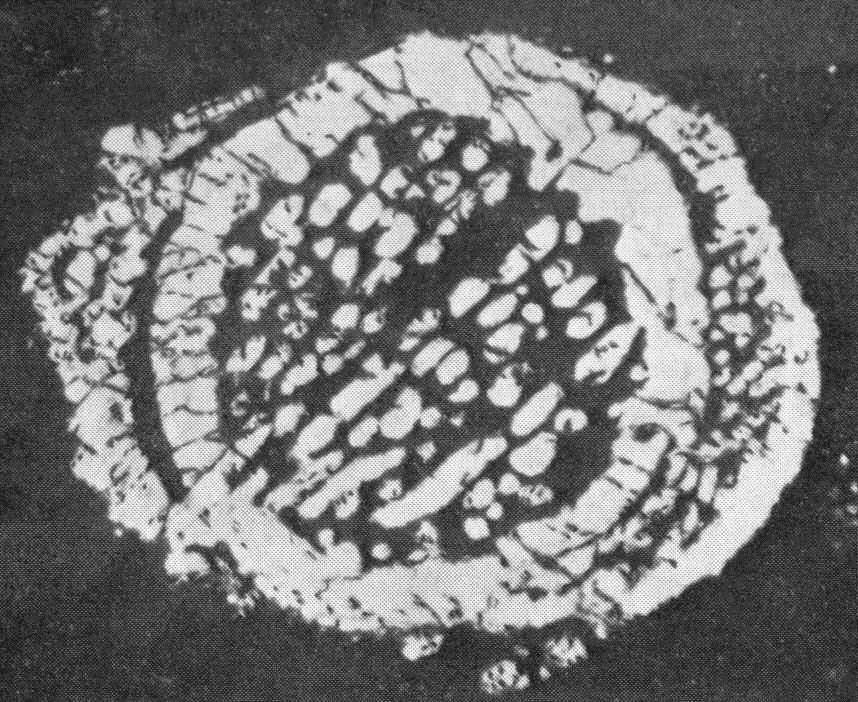
Figure 8. Image of the chondra formed in the process of rapid crystallization (King 1976).
Figure 8 shows an image of a chondra (King 1976), a small Earth model 20 mm in size, formed during rapid crystallization in space of a spherical drop of silicate magma. The photo shows the presence of an upper shell that has lost stability and second – a whole one, containing individual crystals of matter.
3 COMPARISON OF CRYSTALLIZATION PROCESSES ON THE MOON, MARS AND VENUS
According to our hypothesis, the huge elastic energy of a compressed solid upper shell at the time of its loss of stability, together with the gravitational energy of its subsidence, splashed out a molten mantle substance from which the Moon was formed. The fact that in the earliest history the Moon presented the ocean of magma was discussed in many works (see e.g., NASA Science Earths Moon project). Further, the process of crystallization of the Moon was almost the same as on Earth. The main difference was that it went much faster due to much smaller size and the lack of many energy sources and elements left in the body of the Earth. This could lead to the fact that the crystallization of the main volume of the Moon (mantle) was continuous, without the processes of loss of stability. The thickness and, accordingly, the strength and stability of the solid shell increased more rapidly than the growth of stress. This may explain the amazing globosity of the Moon (the difference in the equatorial and polar radii is only 2170 m).
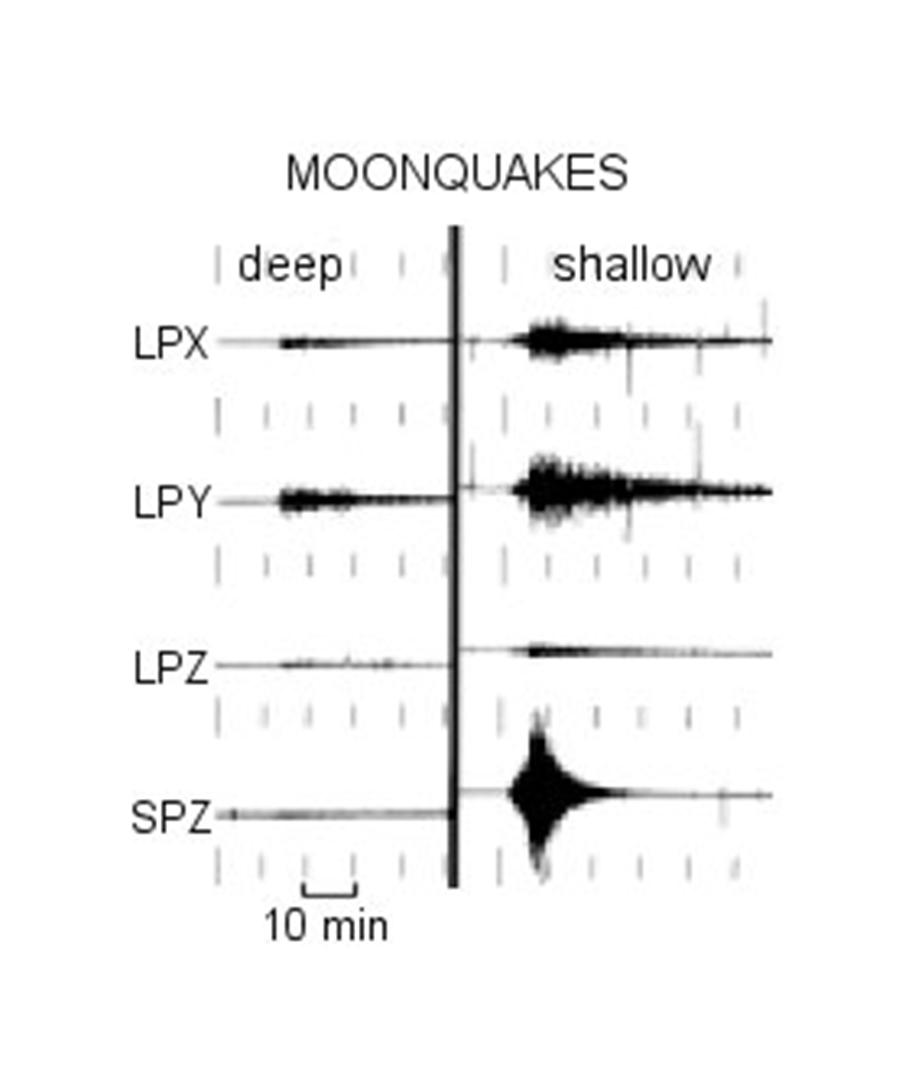
Figure 9. Representative lunar seismograms from the Apollo 16 station (from NASA Science).
The high level of stress in the upper layers of the Moon and decompression of the internal volume (Figures 2, 3) resulting from its crystallization, can serve as an explanation for the prolonged vibration of the Moon after the fall of meteorites and moonquakes (Figure 9). On Earth, for most earthquakes, the decay time is less than a minute. The drop of the lunar modules to the surface of the Moon by crews of Apollo 12 and 13 caused the vibrations of the Moon for one hour and three hours and 20 minutes, respectively.
The global geological feature of Mars is its dichotomy (Figure 10). The northern and southern hemispheres of Mars differ significantly in topography and physical geography. The northern part of the planet lies lower in height than the South by 3-6 km. Also the thickness of the crust varies in two hemispheres. Topographical and geophysical data on gravity show that the maximum thickness of the crust in the region of the southern elevations is 58 km, and in the northern lowlands – about 32 km (Neumann et al. 2004).
These features find their explanation within the framework of the considered model of crystallization of the terrestrial planets. On Mars, the process of crystallization proceeded according to the earth type. However, since it is smaller and located farther from the Sun, the crystallization process was faster. At a certain stage, the outer solid shell of Mars also lost stability, but in a different form, that is also observed in the technics. The northern part of the outer shell of the planet sagged relative to the southern part by 3-6 km rather quickly (relative to the time of flow of internal matter). At the same time, it became denser and thinner. Such a process of loss of stability can be observed in nature, when one half of the balloon is sharply contracted relative to the other following the bleeding air from the balloon.
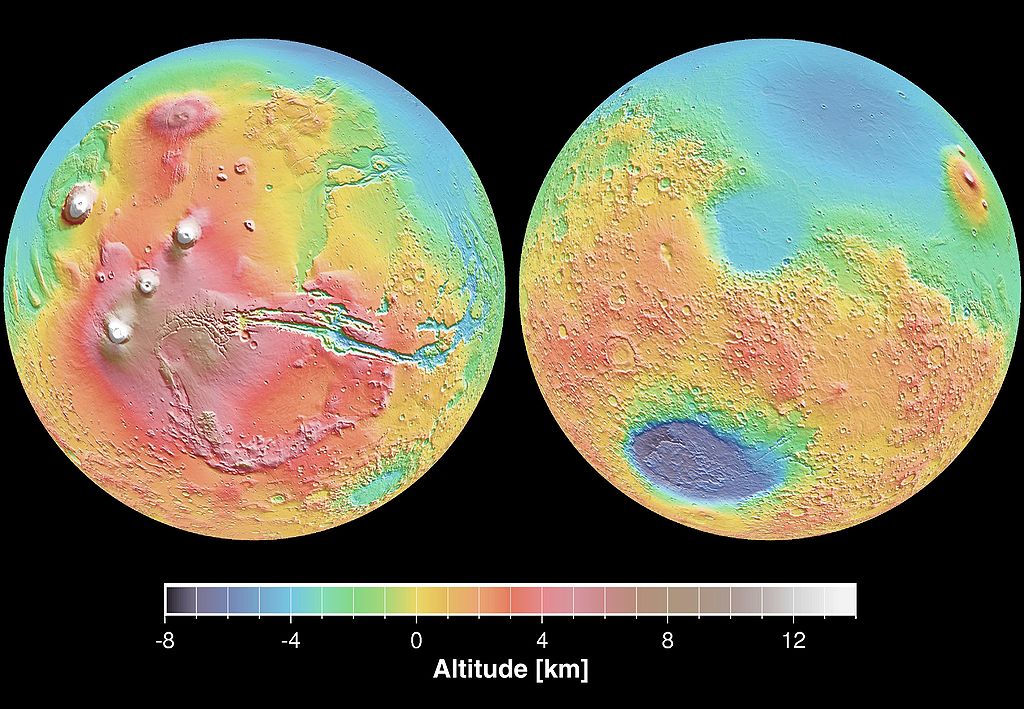
Figure 10. The color coded altitude map of Mars obtained by MOLA (Mars Orbital Laser Altimeter). Southern and northern hemispheres are shown separately.
In the process of loss of stability of the outer shell of molten Mars two clots of magma were ejected and formed two satellites: Phobos and Deimos. They were also crystallized. Due to their smallness, the process of their crystallization from the surface passed very quickly. Herewith voids had been formed in the body of satellites. The volume of the voids is equal to the magma volume deficit due to shrinkage, as shown in Figure 8. This led to a decrease in their average density (1.86x103 and 1.47x103 kg/m3,respectively).
The next planet of the terrestrial group is Venus. It is the hottest planet in the solar system – the average surface temperature is 735 K, that corresponds to a very young Earth. This results in the crystallization process and currently thickness of the hard shell is only about 20 km. Internal heating activated the volcanic activity, observed nowadays. The next stage in the development of Venus will be the propagation of the crystallization front into the interior of the mantle with the loss of stability of the existing solid shell and consequent change of the planet shape. The crystallization process will be slower than on Earth, but the approximate equality of radii and acceleration of gravity suggests that the form of loss of stability will be similar to a geoid. In this case, the release of the substance from the planet with the formation of a low-density satellite of Venus is possible.
This is in the future. We can also move into the past, considering the fate of the planet Phaethon. Being farther away from the Sun, its cooling and crystallization processes proceeded faster than on the Moon and Mars. The stresses arising from this were much greater than on the Moon and Mars, which could lead to the explosive destruction of the planet. Several dwarf planets and an asteroid belt could be formed from the fragments of the Phaeton.
4 CONCLUSION
The article provides an explanation for the formation of a unique shape of the Earth – a geoid, that coincides with the shape of a spherical shell that has lost stability under compression. The mechanism leading to the loss of stability is described – the crystallization of the once molten Earth, going with the shrinkage of the volume from the surface into the body. The stressed state of the formed shells, leading to a loss of their stability, is obtained.
Presumably, the material of the Moon was splashed out of the upper layers of the Earth in the process of loss of stability. Due to the Moon’s smaller size the crystallization proceeded faster, continuously, without loss of stability. The thickness and, accordingly, the strength and stability of the solid shell increased more rapidly than the growth of stress, preserving its shape. On Mars the crystallization process was faster than on Earth because of its smaller size and greater distance from the Sun. This led to another form of loss of stability with formation of two regions: Northern (sagged) and the Southern. In the process of loss of stability, the material of two satellites, Phobos and Deimos, was ejected. On Venus, located closer to the Sun, a crystallization process is observed at the first stage – the formation of the crust. We can expect a loss of stability of the outer shell with the ejection of a satellite as crystallization front will further propagate into the planet. Finally we may conclude that stresses arising from the crystallization of the terrestrial planets may change the look at their internal structure.
REFERENCES
Allisson I.S., Palmer D.F. “Geology”. McGrow-Hill Book Company. 1980.
Bott M. “The interior of the Earth”.-M.: Mir, 1974. 373.
Grigolyuk E.I., Kabanov V.V. “The stability of the shells”, -M., 1978.
King E.A. “Space Geology”, John Willey, 1976.
Neumann G. A., Zuber M. T., Wieczorek M. A., McGovern P. J., Lemoine F. G., Smith D. E. “Crustal structure of Mars from gravity and topography”. Journal of Geophysical Research: Planets, 109 (E8), 2004.
Ozima M. and Podosek F. “Noble Gas Geochemistry” Cambridge University Press, 286, 2002.
Presnall D.C., Selena A., Dixon J. “Liquidus Phase Relations on the Join Diopside-Forsterite-Anorthite From 1 arm to 20 kbar: Their Bearing on the Generation and Crystallization of Basaltic Magma”, Contrib Mineral. Petrol. 66, 203-220, 1978.
Romashov A.N. and S.S. Tsygankov. “In search of a general geotectonic concept”. Geotectonics 4, 3–12, 1996.
Tolstikhin I.N. and Kramers J.D. “The Evolution of Mater From the Big Bang to Present Day”. Cambridge, University Press, 521 pp., 2009.
Turusov R.A., Rosenberg B.A. and Enikolopov N.S. “Formation of stresses and ruptures in the process of frontal hardening”. Report of the Academy of Sciences of the USSR, Vol. 260, No. 1, P.90-94, 1981.
Ufimtsev G.F. “Tectonic Analysis of the Geoid Topography”, Geotectonics, N4, 1998.
Volmir A.S. “Stability of deformed systems”. M .: Nauka, 964 p., 1967.
